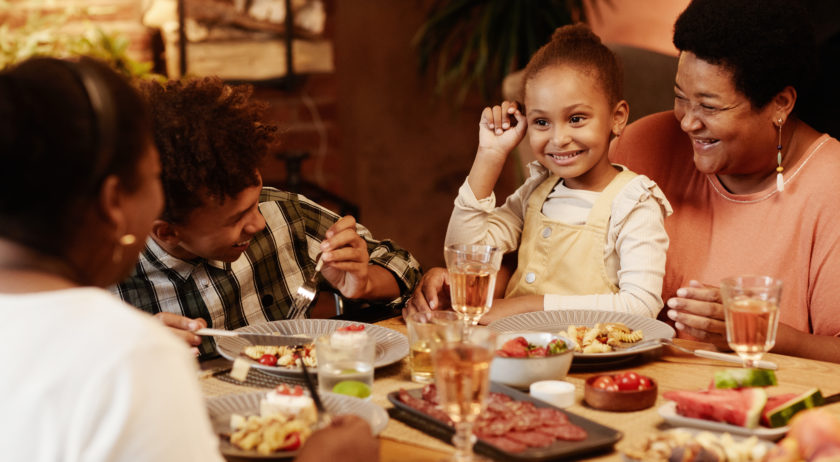We’re a few days into the new year, and maybe you’re still sticking to your New Year’s resolutions and maybe you’re not. No judgements here. It’s common to make pretty lofty goals for ourselves and then fail to follow through with them. But what if I told you your whole family can make realistic resolutions that will bring you closer together and make your individual lives better? Sound good? Too good to be true? Keep reading. Here are three digital-age family resolutions that are totally realistic.
More active play.
It’s common for adults to resolve to get healthy and exercise more, but did you know that exercise is good for the brain, too? Especially for kids with focus and attentional issues, exercise can be the key to paying attention, and not just because working out spends the extra energy that can make a child antsy. And with cold weather and shorter days preventing children from spending too much time outdoors, the importance of physical activity is especially important.
When we exercise, we produce brain-derived neurotrophic factor (BDNF), a key protein in brain plasticity. When a child studies or practices a skill after a workout, BDNF helps their brain retain information and adapt to new habits. Those new habits include sitting down and getting started on an assignment.
Use games like Just Dance and Switch Sports to motivate the whole family and make exercise fun.
Family game night.
Twenty years ago family game night still consisted of board games and decks of cards. Fast forward to today and kids have traded in Monopoly and Uno for Super Smash Brothers Ultimate and Pokémon Scarlet and Violet. You know what that means, right? You need to up your game and play with them. There are a lot of benefits to playing video games with your kids, besides the most obvious one: you’ll be spending time together.
A disconnect occurs between parents and kids when kids have a hobby parents don’t understand (or even approve of), and therefore don’t engage in conversation about. Playing video games with them bridges that gap, giving you lots of opportunities to see things from their point of view. And if they need to coach you through learning the game at first, that’s even better for both of you — your child puts their brain in a different gear to explain things and you support them by listening to and trusting their instructions. You also get a chance to talk to them about thinking skills they use in the game and how to apply them to real life situations. We have Playbooks for many popular games and apps that can help.
There are many strategic video games — including digital adaptations of popular tabletop games — that lend themselves to modern-day family game nights, including Ticket to Ride, Hearthstone: Heroes of Warcraft, Tokaido, and Risk. For more information on great ports that have accompanying board games, click here.
Device-free dinners.
Screen time is one of the biggest concerns for today’s parents, and there are different opinions on how to approach the issue. The LearningWorks for Kids team believes that children should have regular access to technology as part of a balanced Play Diet. We also believe that it’s important to set limits on screen time, and that can be difficult if parents don’t follow some screen time rules too. (More on Play Diets and screen time here.)
One way to address this is to make device-free dinners a rule. That means agreeing as a family that no one will use a phone, tablet, or laptop or watch TV at the dinner table. Kids respond better to rules and limitations when parents follow the same rule, and device free dinners are a way to get some quality time together that doesn’t involve a screen. You can read more about how to respectfully approach instituting device-free dinners, and screen time limits in general, here.
What is one digital resolution you want to make for this upcoming year? Leave your thoughts in the comments below!




